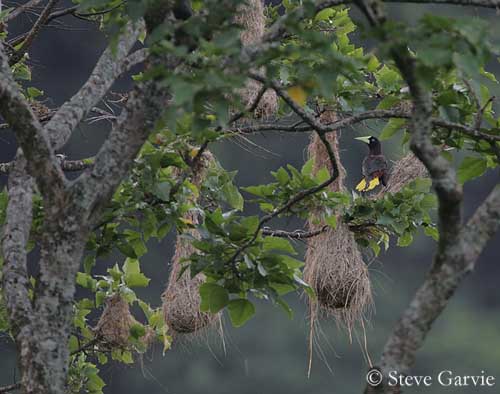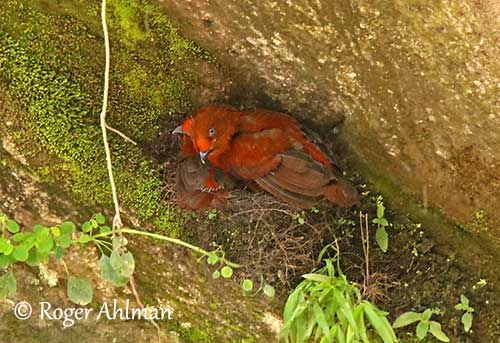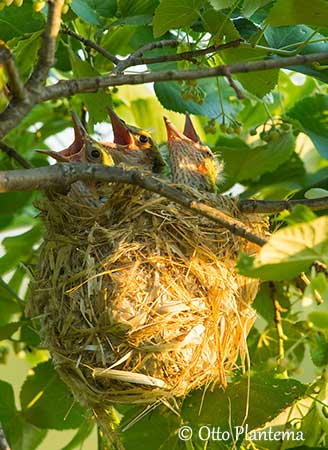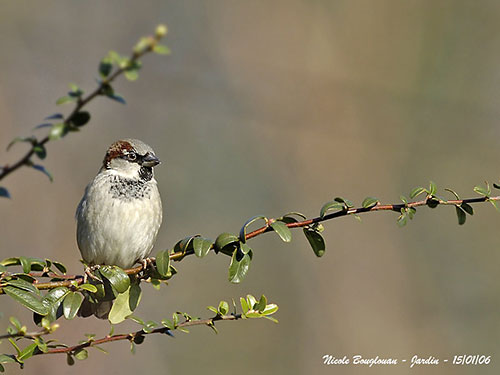
The Passeriformes may produce between one and four broods per year. The chicks are usually altricial and are fed by both parents until they fledge, and often for some days more after leaving the nest.
The young migrate or remain in the surroundings for some weeks or months, before to establish their own territory for breeding.
TO BE CONTINUED... Page 2
Text by Nicole Bouglouan
Photographers:
Roger Ahlman
Pbase Galleries Peru and Ecuador
John Anderson
John Anderson Photo Galleries
Jean Michel Fenerole
Photos d’Oiseaux du monde
Steve Garvie
RAINBIRDER Photo galleries & Flickr Rainbirder
Tom Grey
Tom Grey's Bird Pictures & Tom Grey's Bird Pictures 2
Paul Guillet
Photos d’Oiseaux
Jean-Claude Jamoulle
A la rencontre des Oiseaux
Tom Merigan
Tom Merigan’s Photo Galleries
Otto Plantema
Trips around the world
Dubi Shapiro
Dubi Shapiro Photo Galleries
Simon Tan
PBase Bird galleries
Nicole Bouglouan
Photographic ramble
These images and the text are subject to copyright and cannot be used without express authorization from the owners. Legal issues
Sources:
HANDBOOK OF THE BIRDS OF THE WORLD Vol 8 By Josep del Hoyo-Andrew Elliott-David Christie - Lynx Edicions - ISBN: 8487334504
L’ENCYCLOPEDIE MONDIALE DES OISEAUX -Dr Christopher M. Perrins - BORDAS - ISBN: 2040185607
ON THE ORIGIN AND EVOLUTION OF NEST BUILDING PASSERINE BIRDS
Open cup nests evolved from roofed nests in the early passerines
Bird nests: Variety is Key for the world’s avian Architects
Be on the lookout for bird nests
The design and function of birds' nests
The bird and its nest, where everything starts…
Second part: The Passerines – Order Passeriformes
Page 1: Introduction
At the beginning of the breeding season and following several courtship displays, the nest-site is selected by the pair, or one of the members of the pair, and the nest is built within this area. For numerous species, the nest is the place where displays and copulation occur. It plays a very important role during the nesting period. It is the cradle of the chicks, the place where the adults feed them prior to their first flight towards independence.
The order Passeriformes is the largest order of birds and one of the most diverse of terrestrial vertebrates.
The words “passerine” and “Passeriformes” are derived from the scientific name of one of the commonest species, Passer domesticus, our beloved House Sparrow.
The passerines are found worldwide in a large variety of habitats, except around the poles.

The oscines or “songbirds” refers to distinctive morphology of the highly specialized syrinx of several species such as larks, shrikes, finches, orioles, and crows. They have complex songs, and are considered the most advanced of all bird species. They are found almost worldwide. They comprise about 80% of the passerine species, and almost half of all bird species.
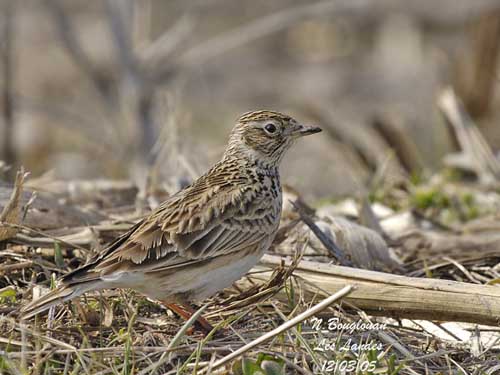
The passerines are also known as “perching birds” because their feet are well adapted to perching with three toes pointing forwards and one backwards. Also named suboscines, they are considered more primitive in both anatomy and behaviour and they have much less complex vocalizations than the oscines. Most of them are restricted to the Neotropical Region (Central and South America, West Indies and Galapagos Islands) with only a few tens of species occurring in the Old World tropics, mainly in SE Asia.
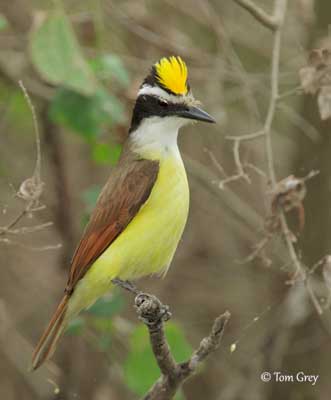
The Passeriformes are small, medium-sized or large birds. One of the smallest, the Pygmy Tit (Psaltria exilis) from Indonesia is about 4 cm long, whereas one of the largest, the Common Raven (Corvus corax) may reach almost 70 cm.
They often are insectivorous during the nesting period, but usually, they consume both insects and seeds, and also fruits and berries in autumn.
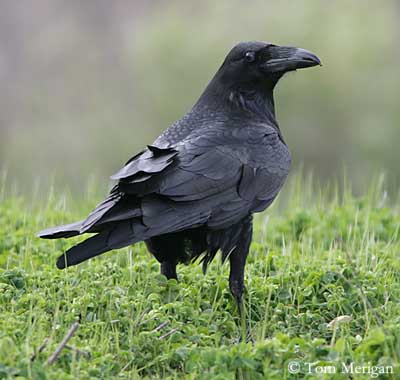
Many families have rather dull plumage, often grey, brown or blackish on the upperparts. The underparts may be paler with darker spots, streaks or specks. However, numerous Passeriformes show bright-coloured plumages.
Male and female often differ. The male has brighter colours than the female which incubates the eggs and needs to be almost invisible while sitting on the nest. The young are very similar to the female until the first moult.
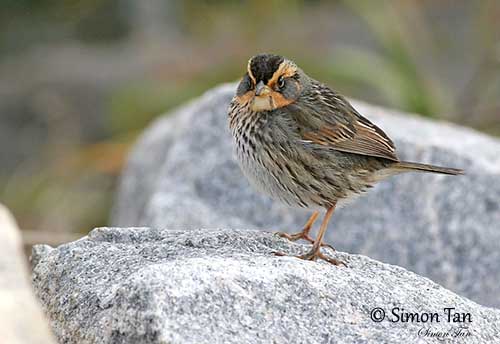
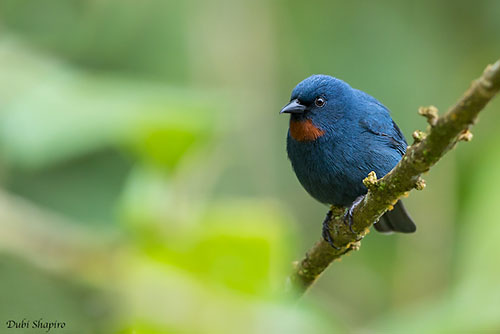
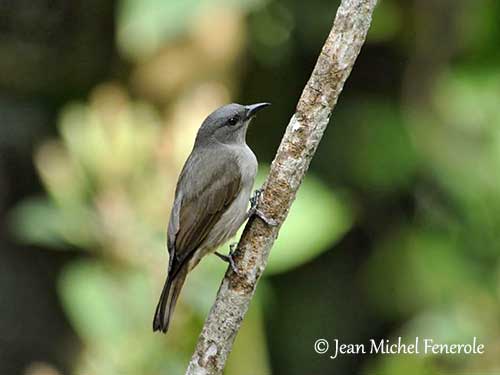
Male
Female
During the breeding season, the Passeriformes become aggressive and territorial, defending strongly their area and the nest-site.
They perform courtship displays by singing, flying, the male strutting close to the female, playing with the brighter colours of his feathers in order to expose the most beautiful pattern of the plumage.
They live in pairs during the breeding season, but they are often seen in mixed flocks outside this period.
They usually breed in spring, except for some species living in cold or warm countries where the reproduction may occur at different periods of the year, or even all year round. The birds form a pair and leave the winter flocks.
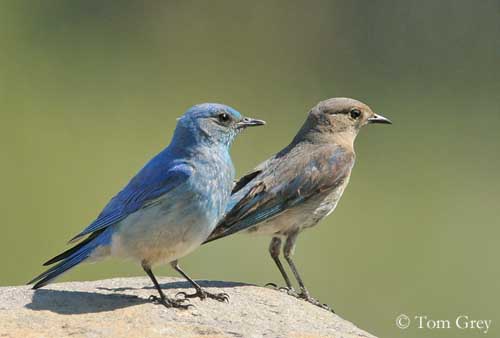
The nest is placed in tree, bush, hole in tree or crevice in the rock, on the ground among the grass, in reeds, tussocks… Several different shapes can be found, including open cup-shaped nest, domed nests with roof or porch, nest-cavity in tree hollow, underground burrow, suspended nest, nest made with mud and grass, or only with mud and stuck to a wall or against a rocky cliff.
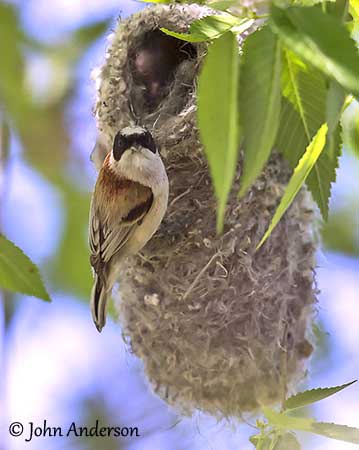
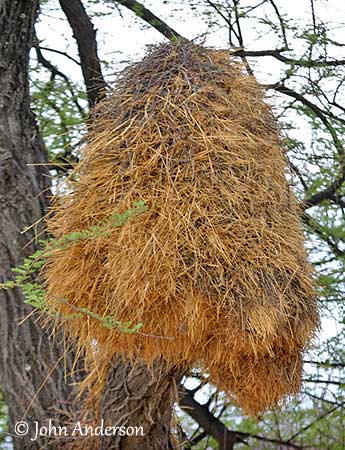
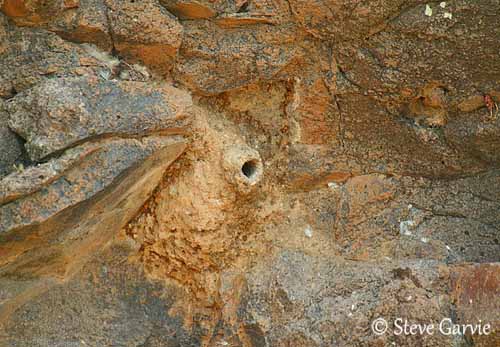
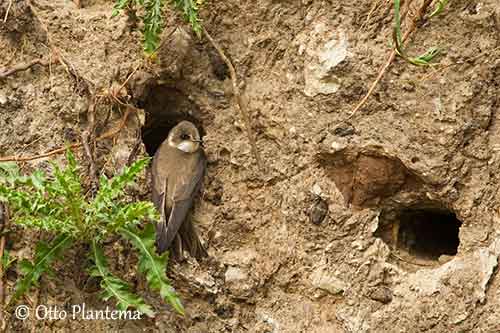
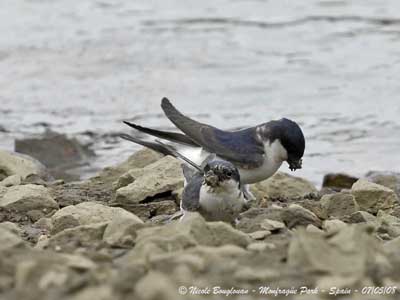
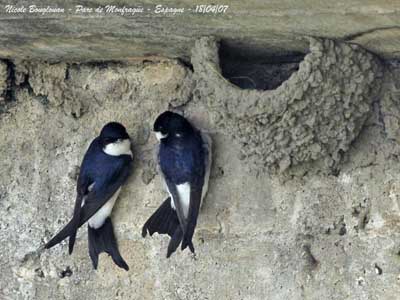
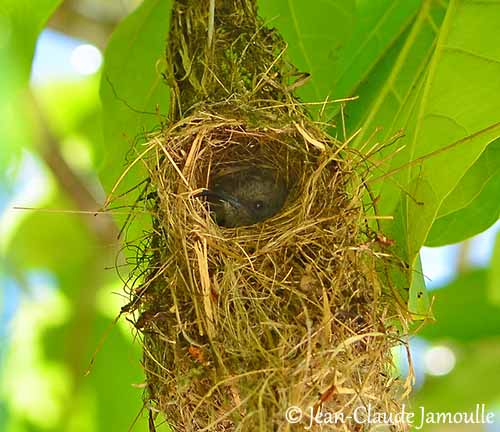
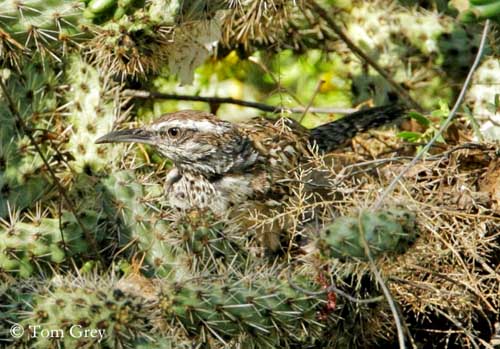
Outside, the structure is often made with materials found in the surroundings, in order to make the nest well camouflaged. The interior is lined with soft materials such as fine grasses, feathers, hair, wool or plant down.
Usually, the female incubates the eggs while she is fed by the male, but both sexes often feed and tend the young.
